Understanding the Durability of a Chess Set
Chess, a game revered for its blend of art, science, and complexity, has been enjoyed by millions around the world for centuries. Central to the game is the chess set itself—a collection of pieces and a board, whose durability can greatly affect the game's enjoyment and longevity. This article explores various factors that contribute to the durability of chess sets, helping enthusiasts make informed choices depending on their needs and preferences.
Material Selection: The Foundation of Durability
Chess sets are crafted from a variety of materials, each offering different levels of durability and aesthetic appeal. Here's a closer look at the most common materials:
Wood
Wooden chess sets are among the most popular, known for their classic look and substantial feel. Hardwoods like maple, walnut, and rosewood are commonly used and are prized for their robustness and ability to withstand years of use. The quality of the wood and the finish can significantly affect their longevity, with finer woods and better finishes offering greater durability against scratches and dents.
Plastic
Plastic chess sets are another popular choice, particularly for beginners and schools. These sets offer excellent durability and are resistant to moisture, making them ideal for frequent use and transport. ABS plastic is a common material for these sets, known for its high resistance to physical impacts and chemical corrosion.
Metal
Metal chess sets, often made from brass, aluminum, or pewter, are highly durable and offer a unique aesthetic. These materials are resistant to chipping and breaking, though they can be susceptible to tarnishing over time if not properly maintained.
Stone and Glass
Chess sets made of stone or glass are often chosen for their striking visual appeal but are generally less durable than wood or plastic options. Marble, onyx, and glass are beautiful but can be prone to chipping or breaking if dropped. These materials are more suited for decorative purposes or for use in an environment where the set is not subject to rough handling.
Construction Quality: More Than Just Material
The way a chess set is constructed plays a crucial role in its overall durability. Well-crafted joints, thick bases, and a solid construction can prevent pieces from being easily knocked over or damaged during play.
Board Stability
A sturdy board is just as important as the pieces themselves. A well-made board should lie flat on the surface with no warping over time. Inlaid wood boards are a good example of stability, where the woods are intricately joined together to prevent bending or curling edges. In contrast, foldable boards offer great portability but may become less stable over time as the folding mechanism wears out.
Weight and Base of Pieces
The base of the chess pieces should be well-balanced and weighted. This not only enhances the tactile quality of moving the pieces but also confers stability, reducing the likelihood of pieces tipping over easily which can lead to damage. Felted bases are common in higher-quality sets, providing a soft cushion that protects both the piece and the board from scratches.
Environmental Factors Affecting Durability
Chess sets can be sensitive to their environments. Conditions like humidity, temperature swings, and exposure to sunlight can all affect different materials in various ways.
Temperature and Humidity
Wooden chess sets are particularly susceptible to changes in humidity and temperature. Wood can expand or contract, which might cause warping or splitting. Thus, storing wooden chess sets in a controlled environment is crucial to maintaining their condition. Conversely, plastic and metal sets are more resilient under such conditions, though metal pieces can suffer oxidation or rust if exposed to moisture.
Sunlight Exposure
Continuous exposure to sunlight can fade the colors of chess pieces and boards, especially those made of wood and some plastics. UV light can weaken plastic pieces over time, making them brittle. To prevent fading and maintain the integrity of the set, it is advisable to store the chess set away from direct sunlight.
Maintenance: Key to Long-Lasting Durability
Regular maintenance can significantly extend the life of a chess set, irrespective of its material composition.
Cleaning and Polishing
Keeping the chess pieces and board clean is essential. Dust and grime can not only degrade materials but can also affect the tactile experience of the game. Wooden sets can be wiped with a soft, dry cloth and periodically polished with a suitable wood polish to maintain their sheen. Plastic sets are more forgiving and can be cleaned with mild soap and water. Metal sets might require specific cleaning agents to prevent tarnishing and should be dried immediately to avoid water spots.
Storage and Transportation
Proper storage is vital for protecting chess sets when they are not in use. Carrying cases, especially those with custom foam cutouts or compartments, are ideal for minimizing physical impact during transportation. For home storage, a dedicated display cabinet or shelf protected from direct sunlight and extreme temperatures is recommended.
Conclusion
The durability of a chess set is influenced by factors ranging from material choice and construction to environmental conditions and maintenance routine. Whether you are a casual player, a collector, or a competitive enthusiast, understanding these factors can help you choose a set that not only meets your aesthetic and functional criteria but will also stand the test of time. By investing in a durable chess set and caring for it properly, you can enjoy countless games of chess, ensuring that this timeless pastime can be passed down through generations.
Explore our large collection of beautiful chess sets!

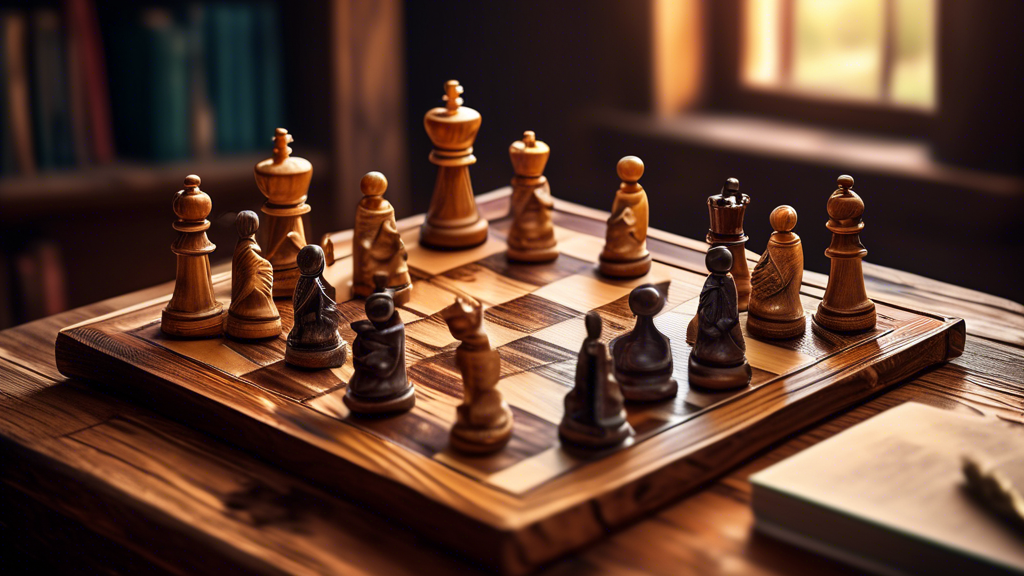
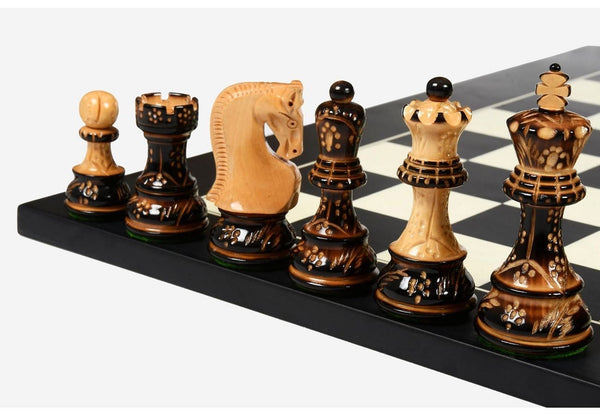
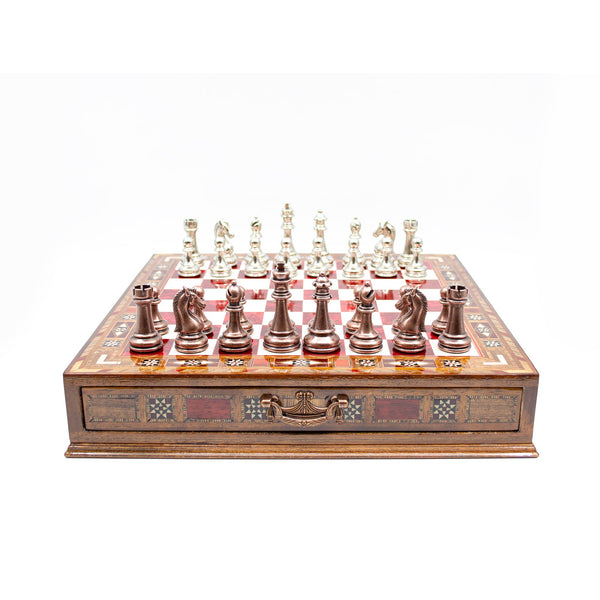
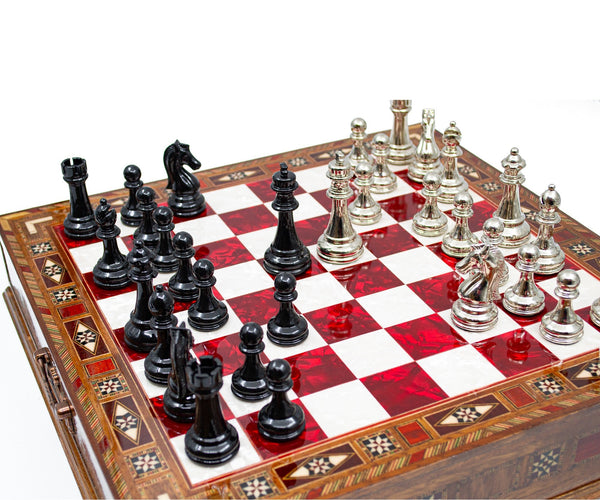
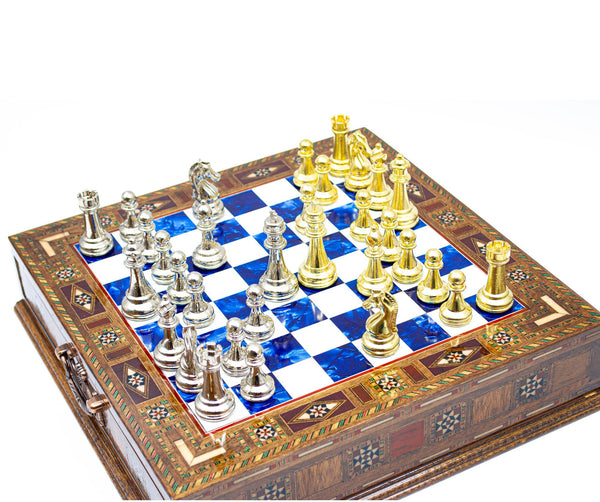
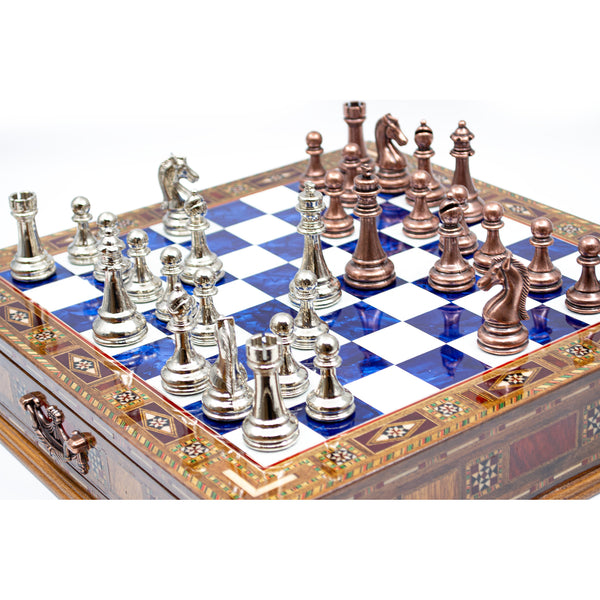
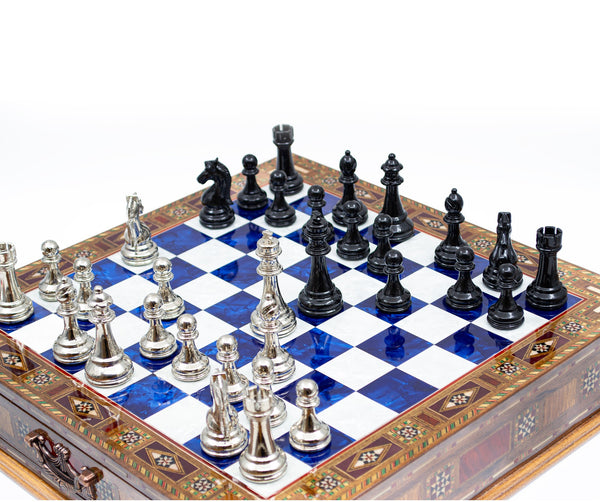






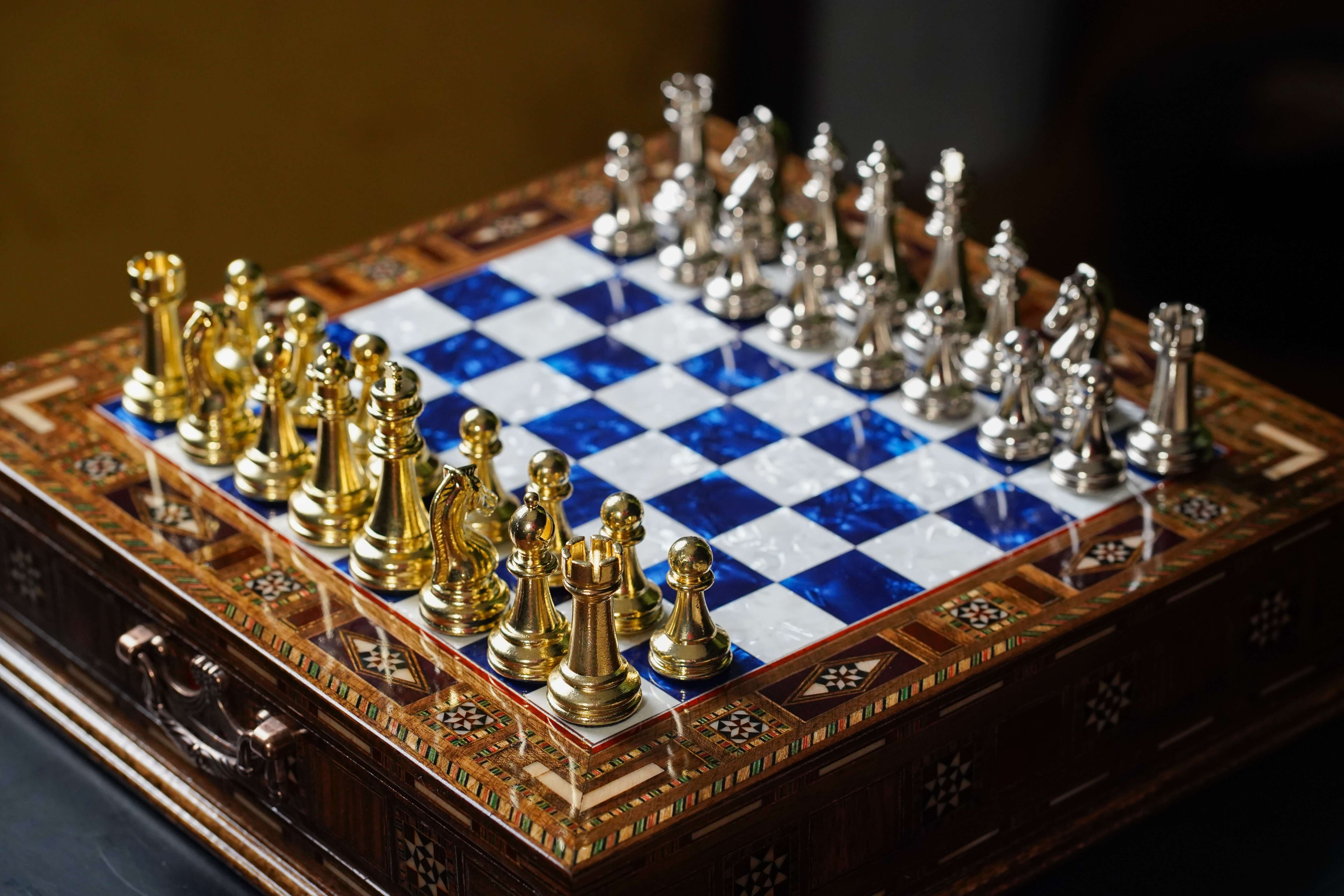
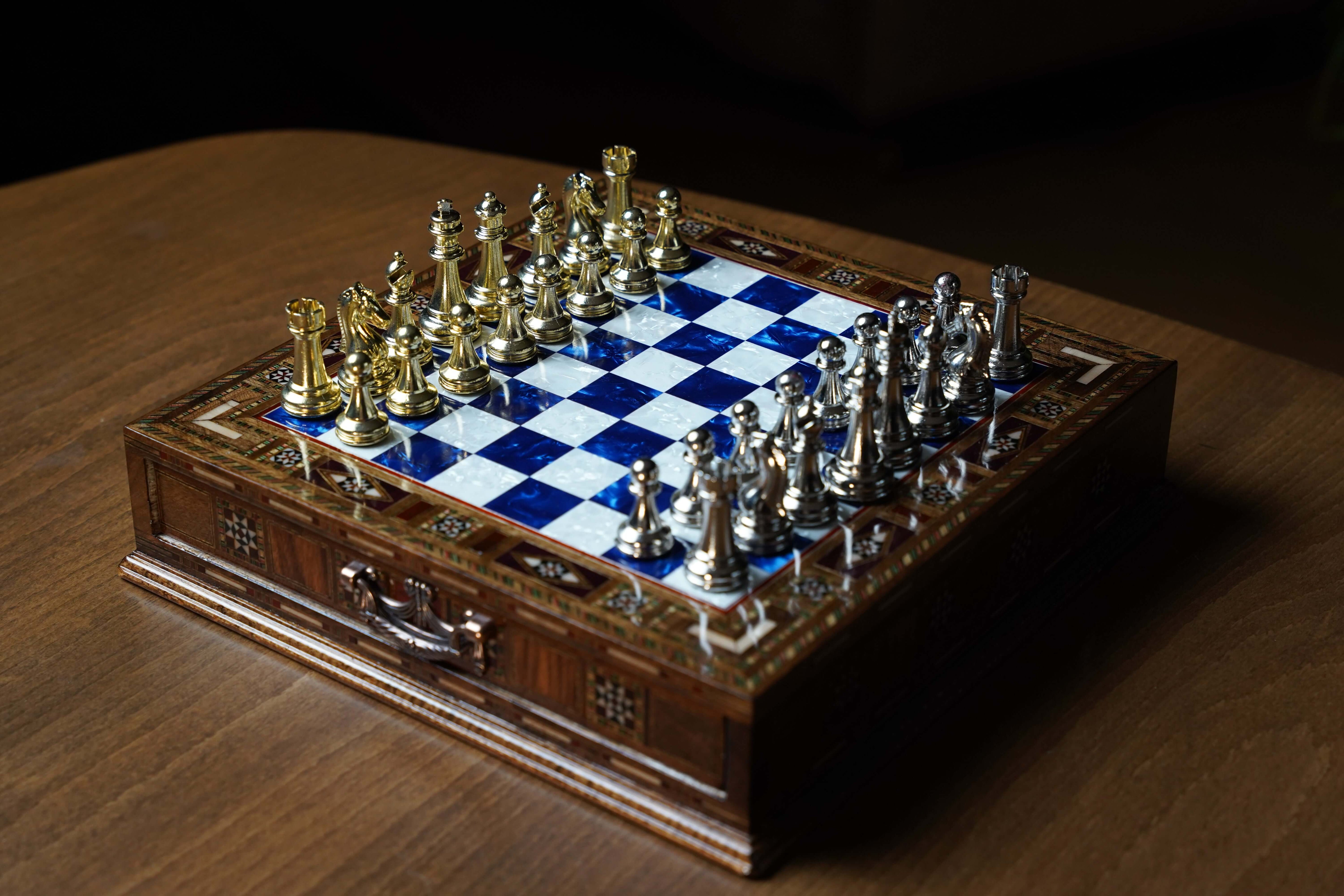
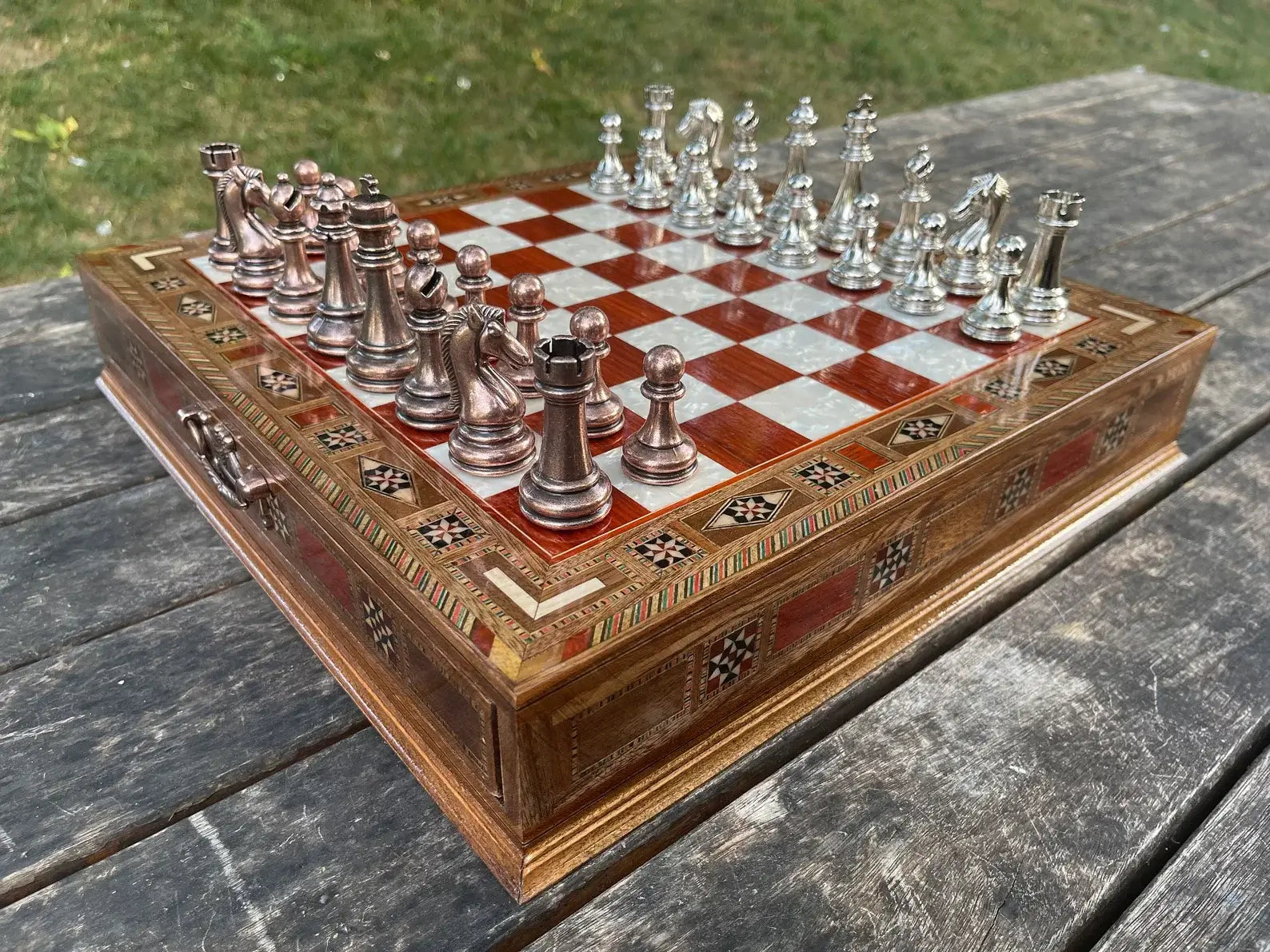
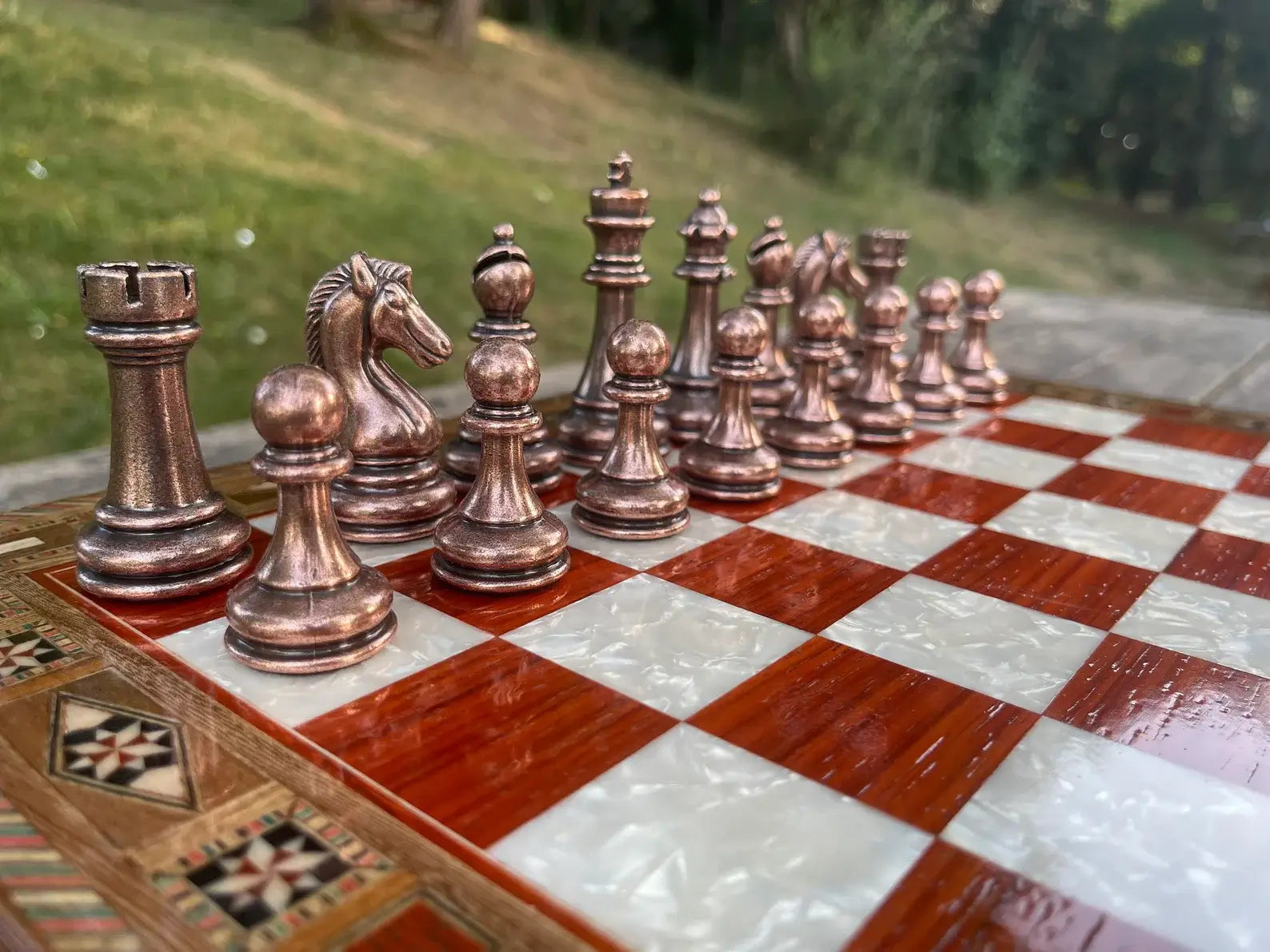
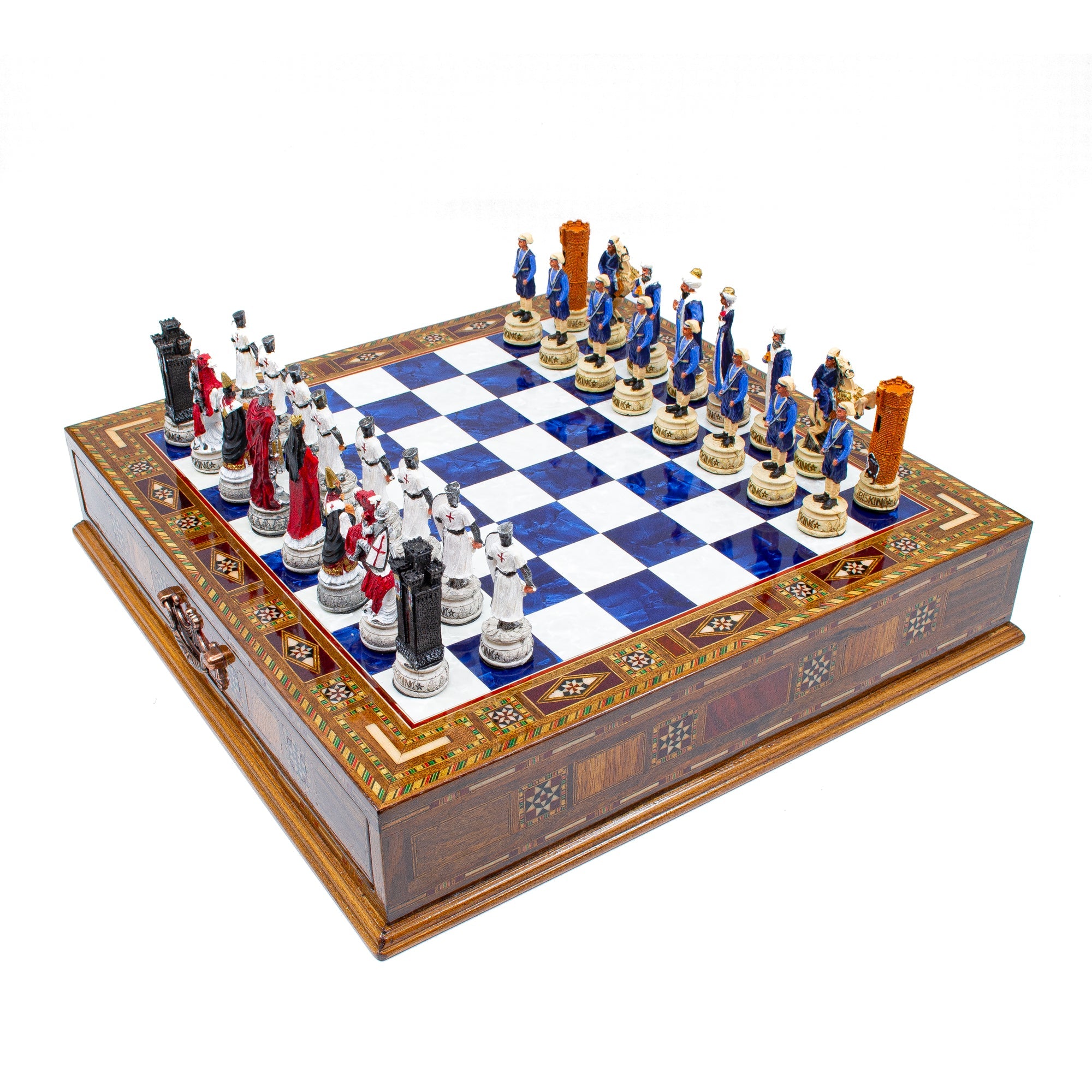
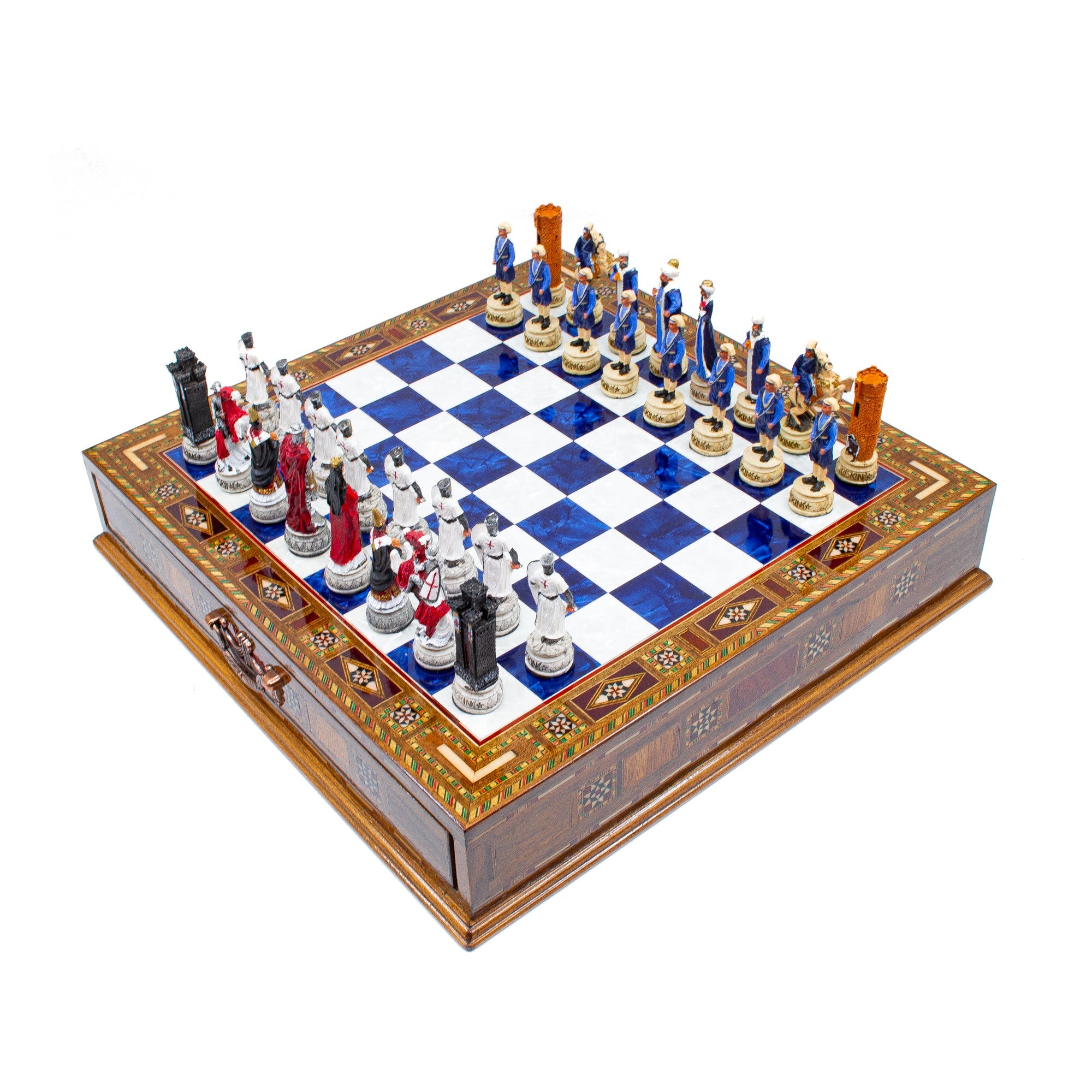
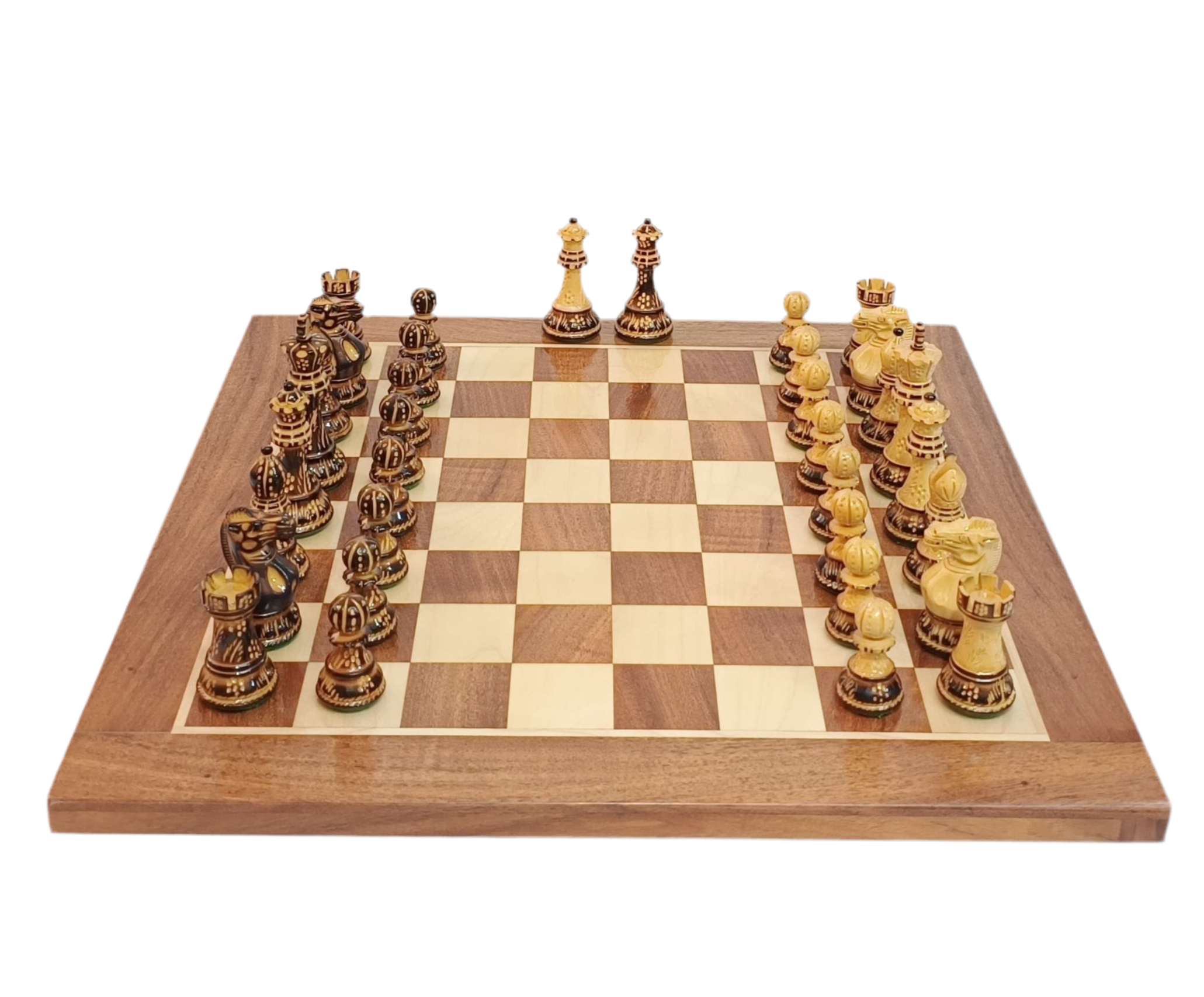
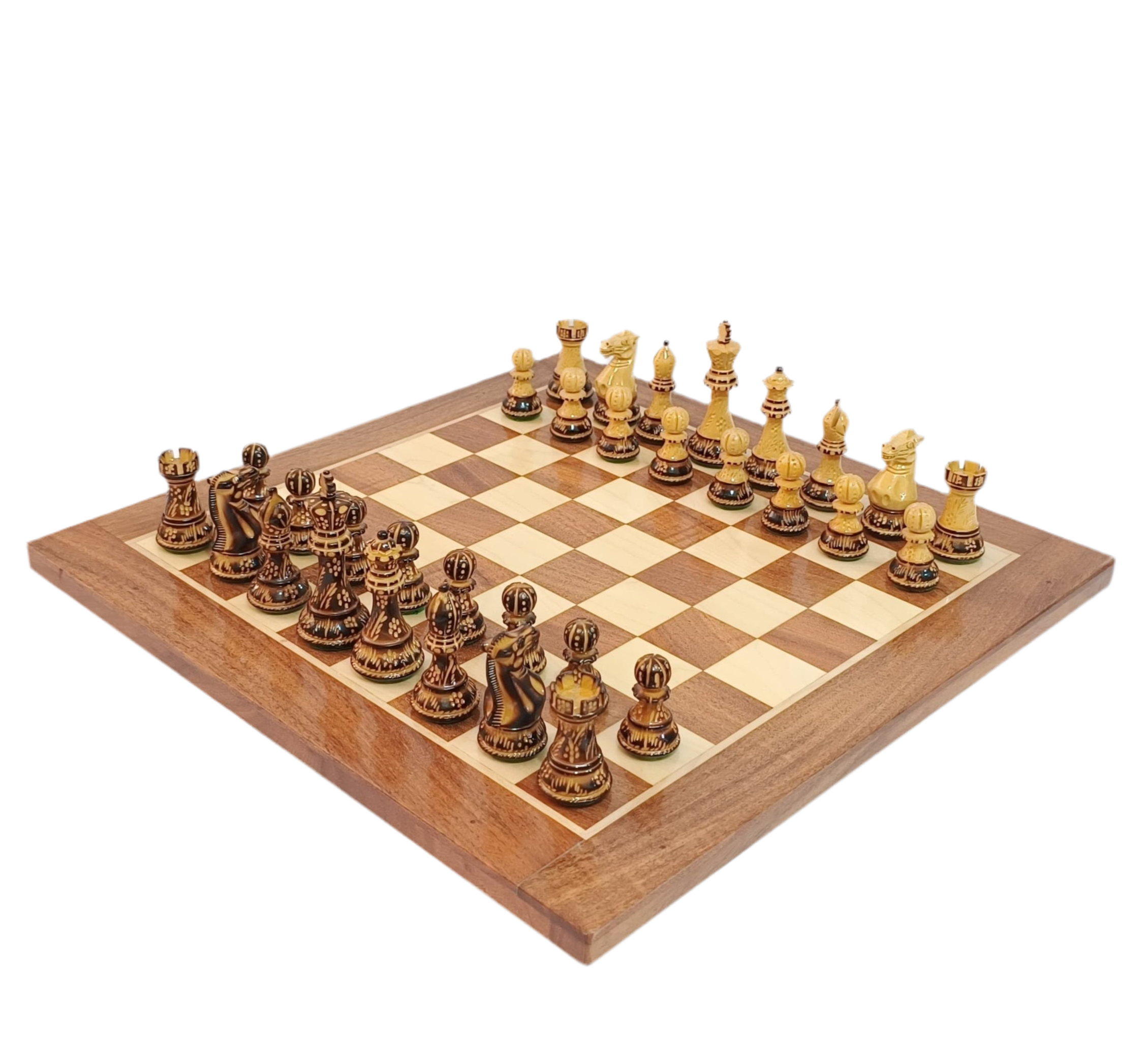
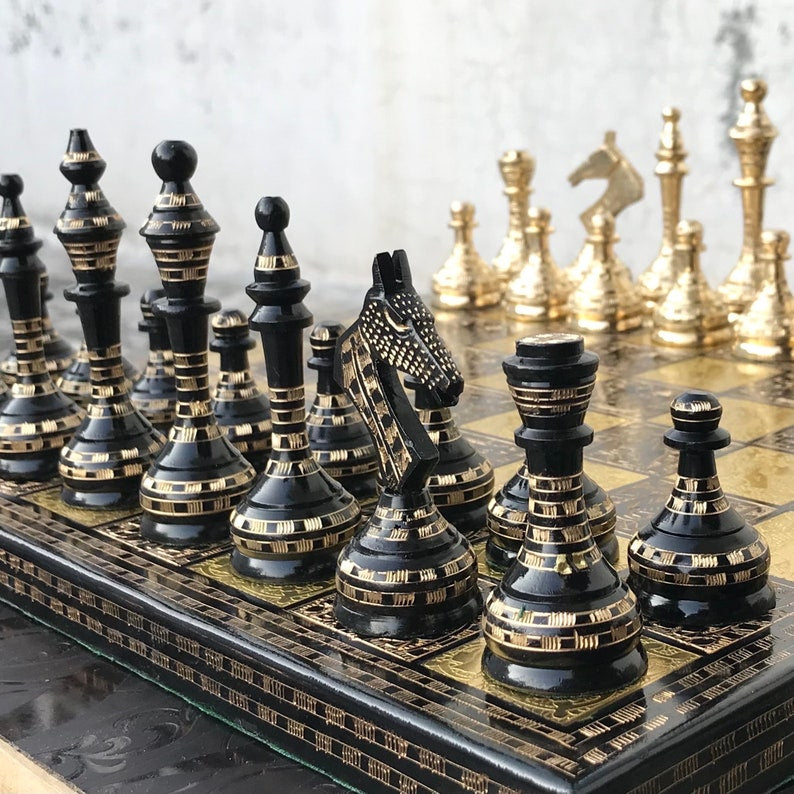
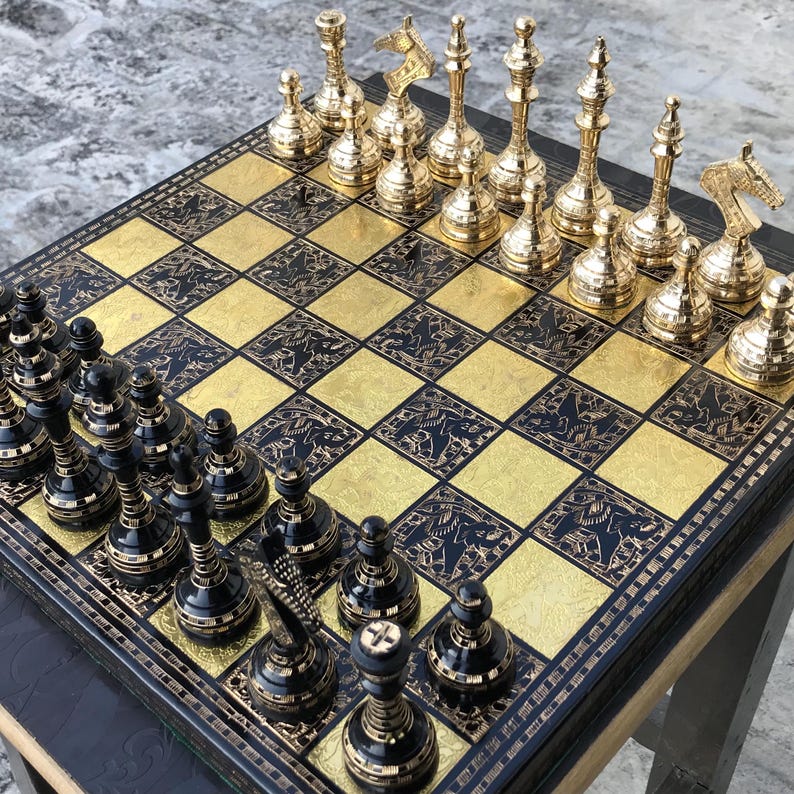
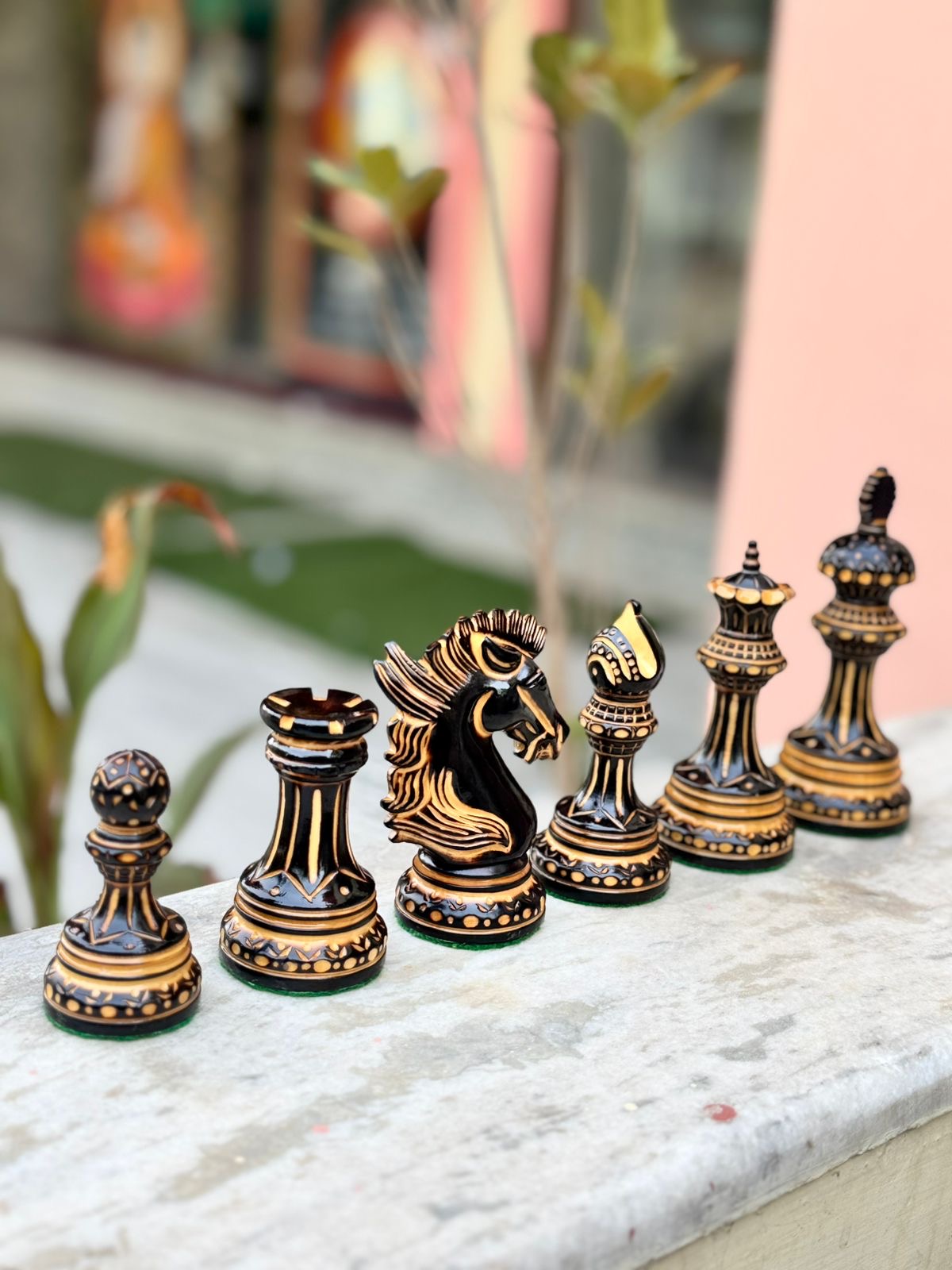

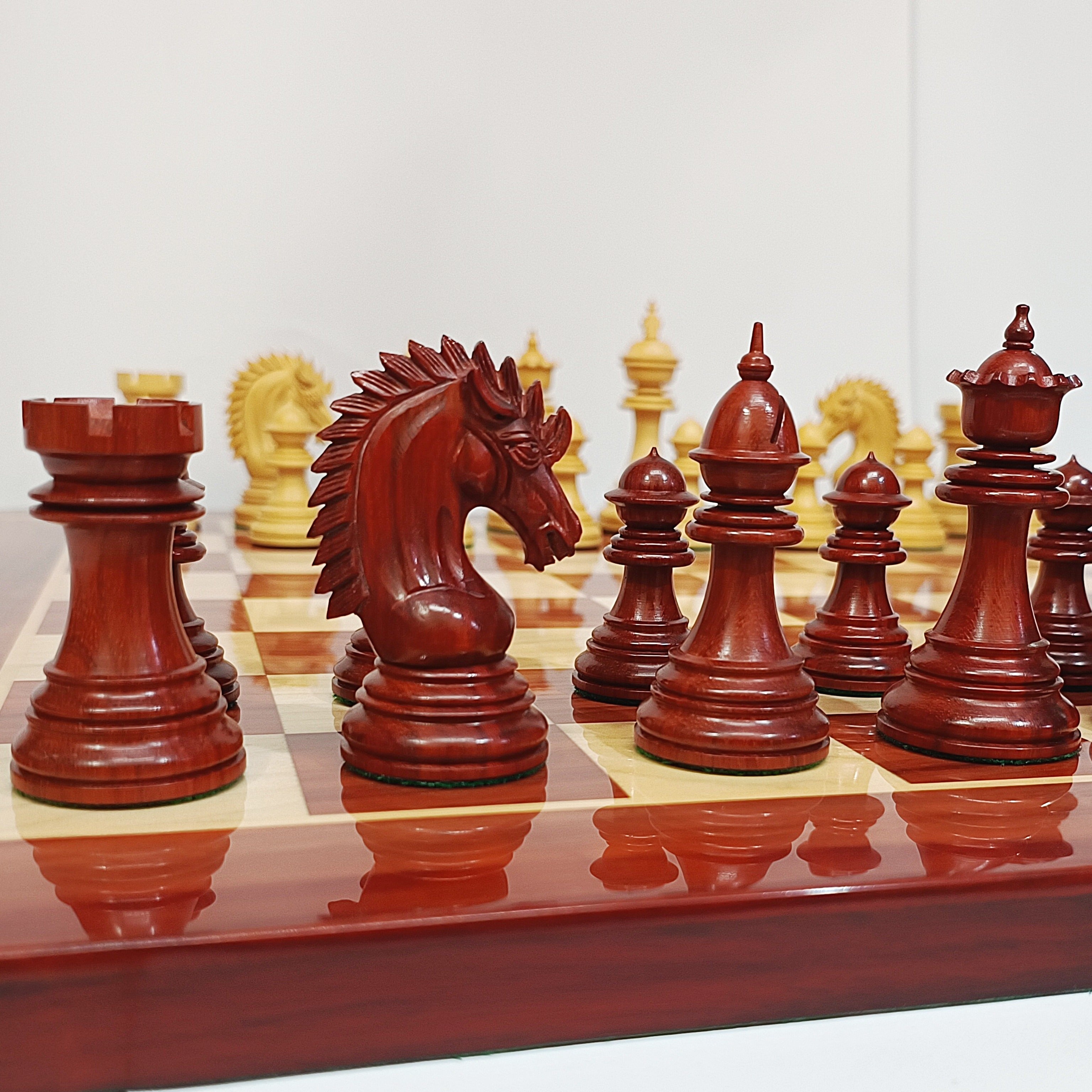
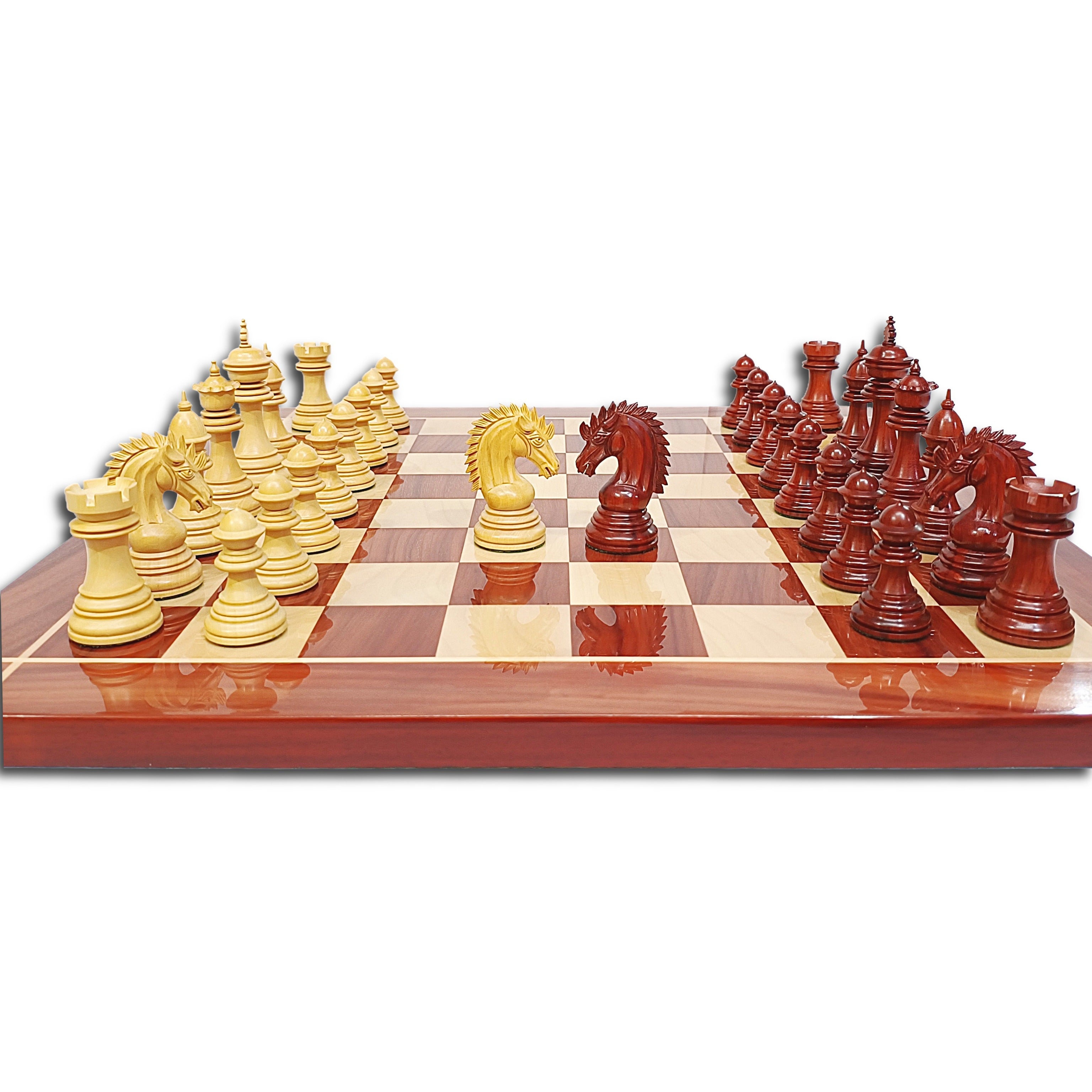

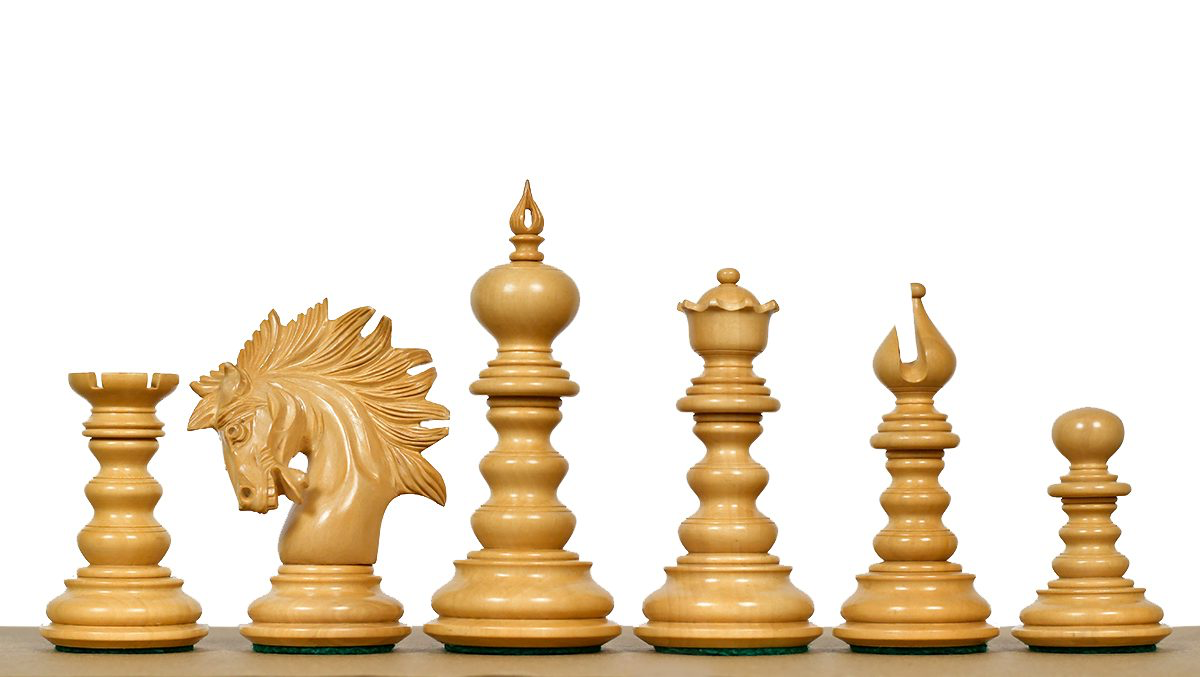
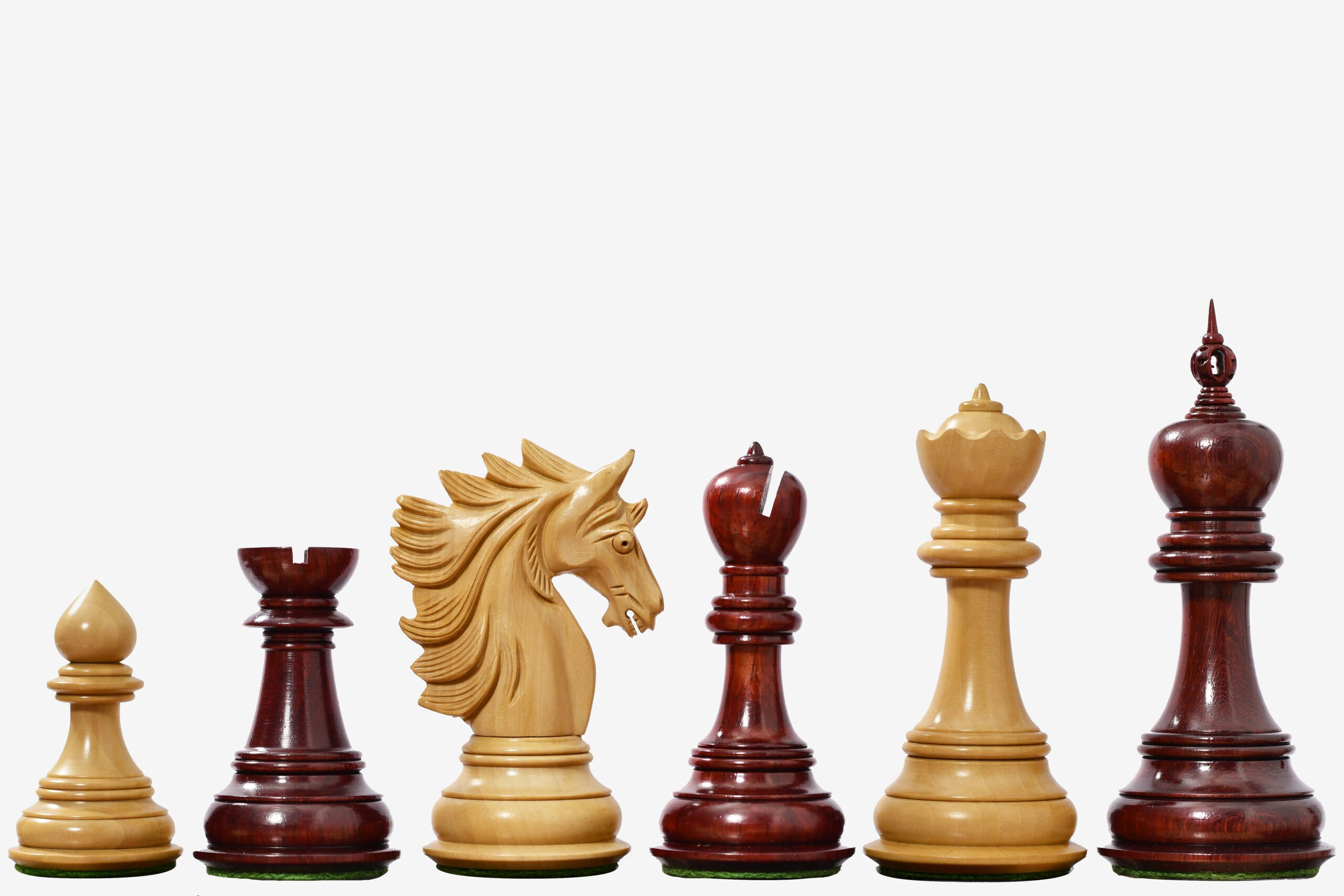
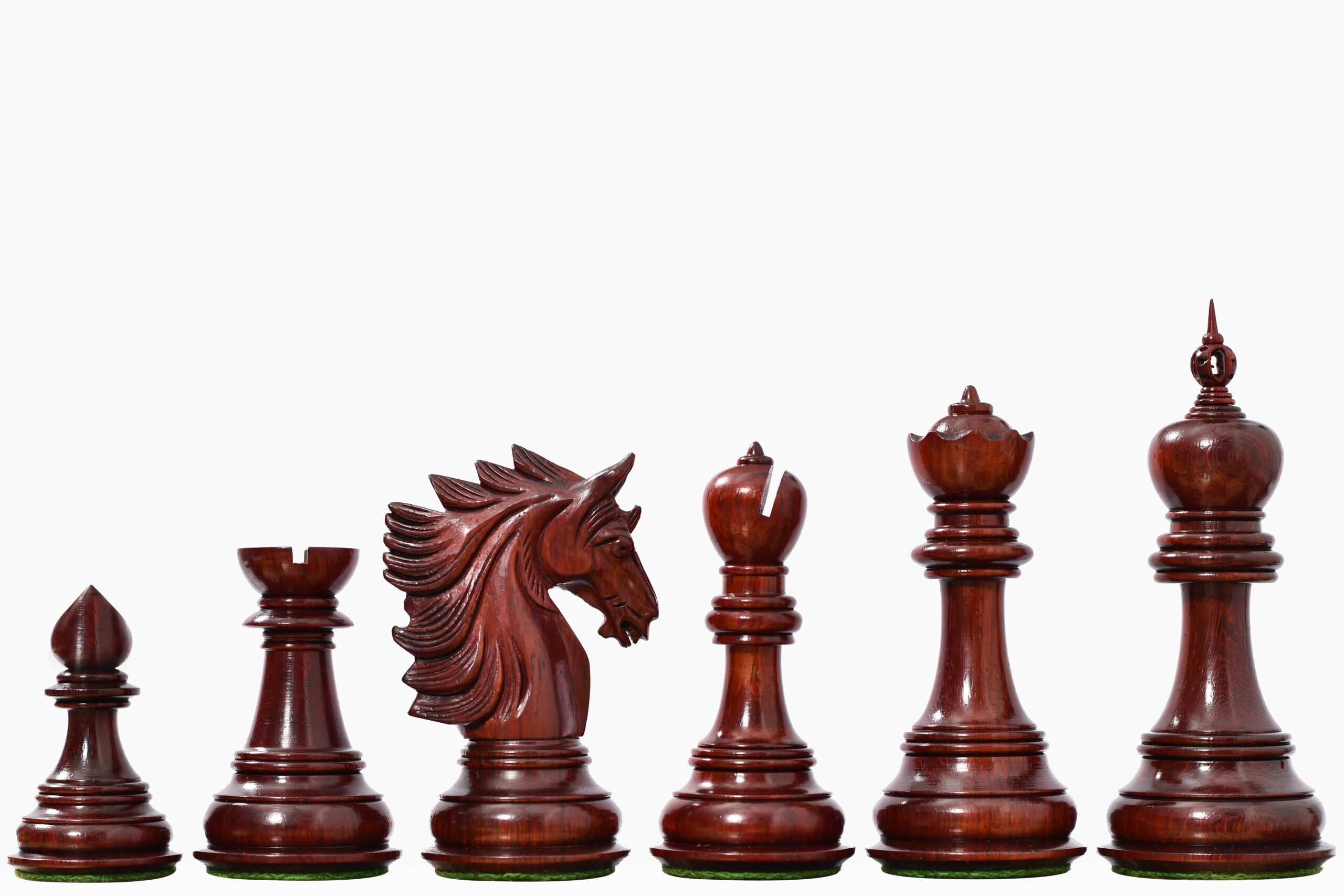
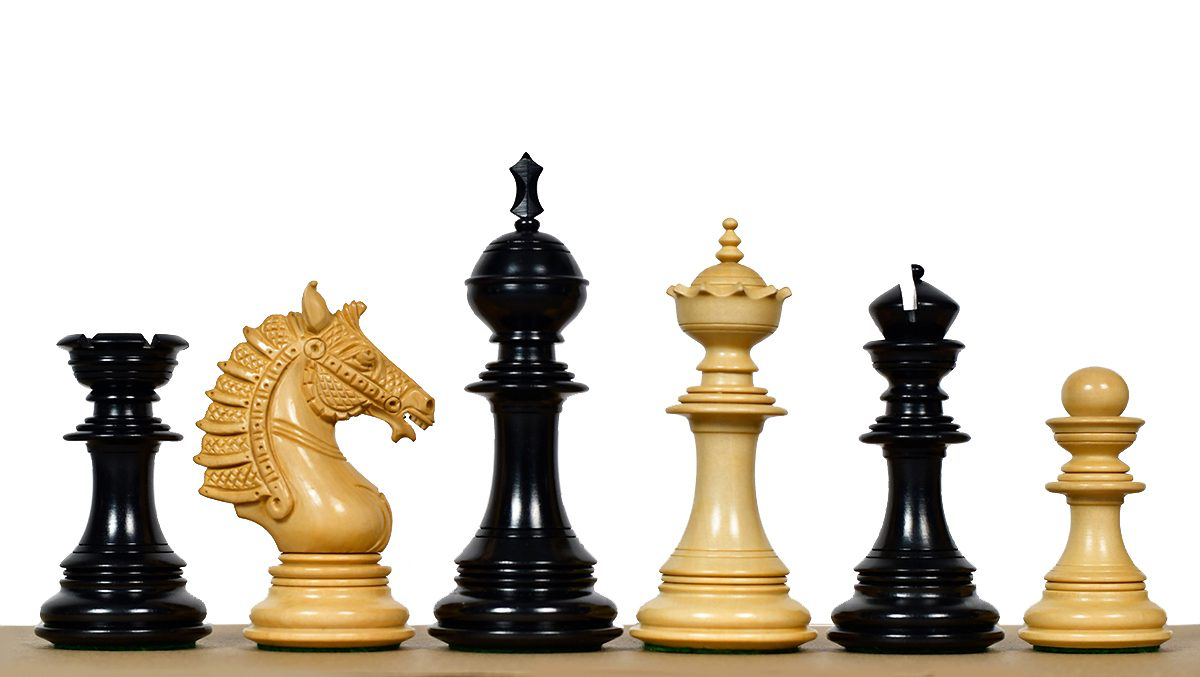
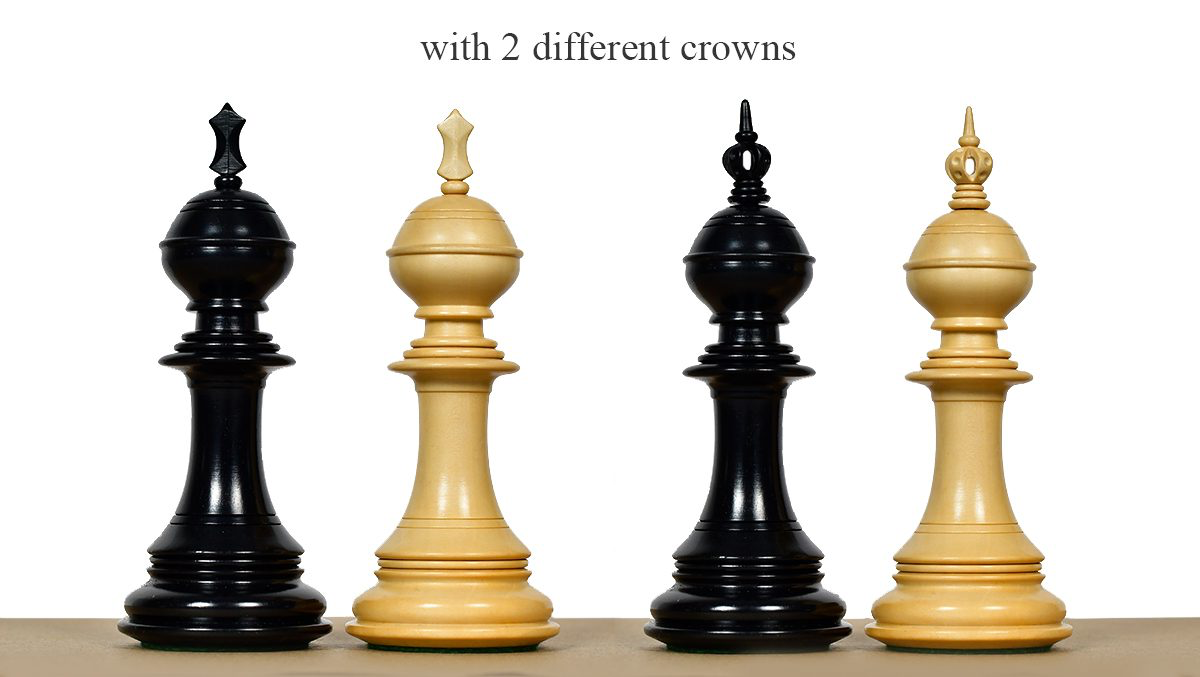
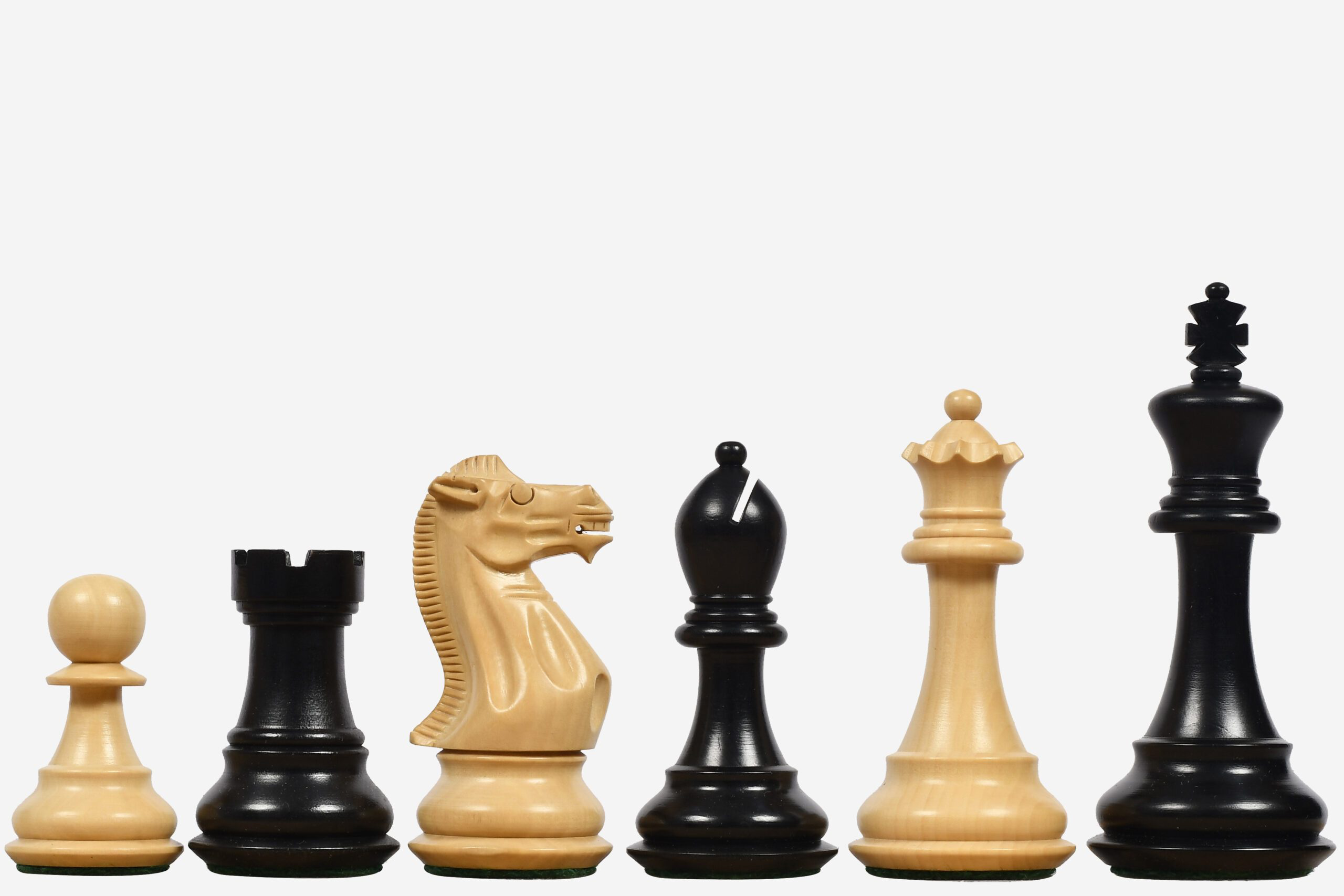
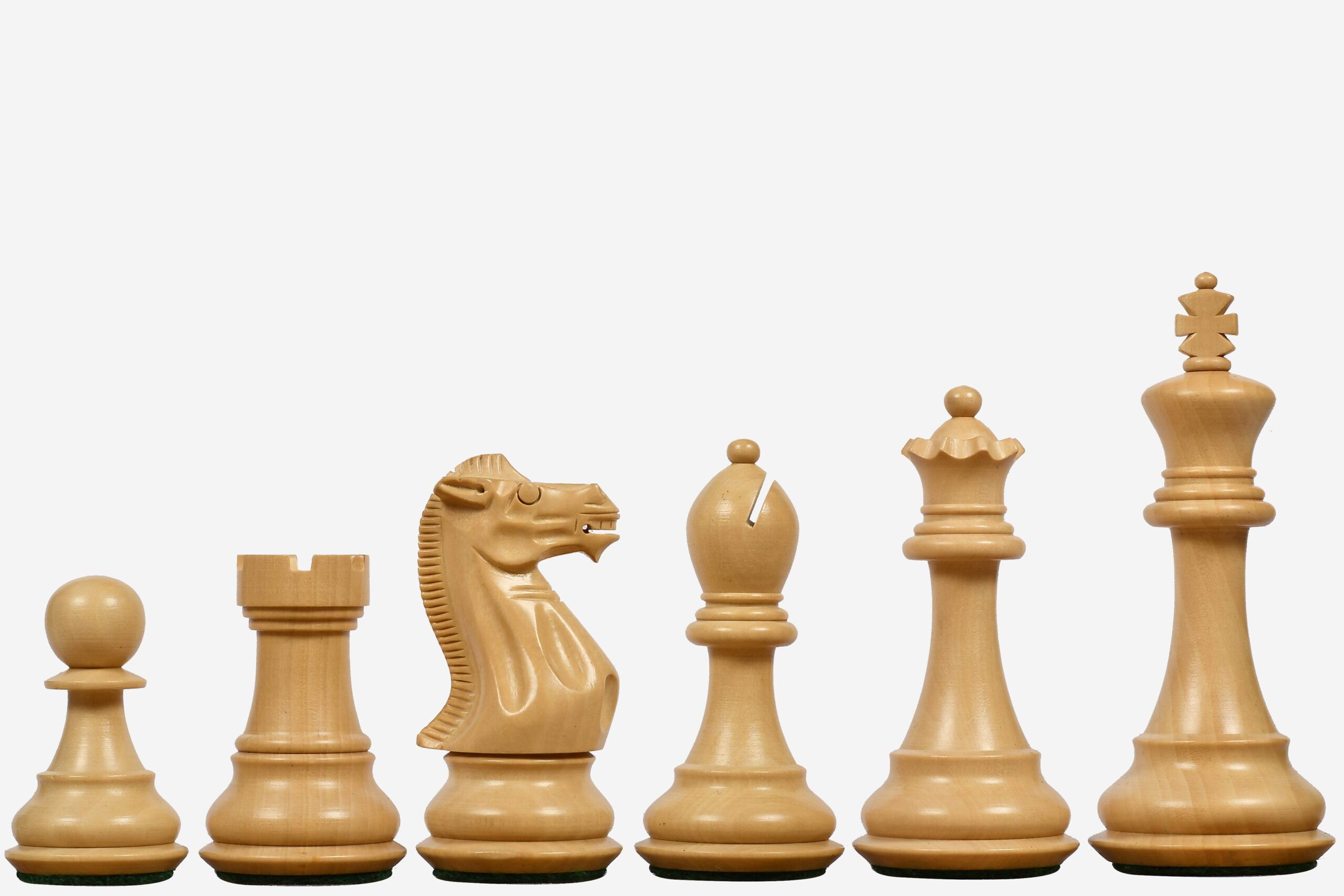
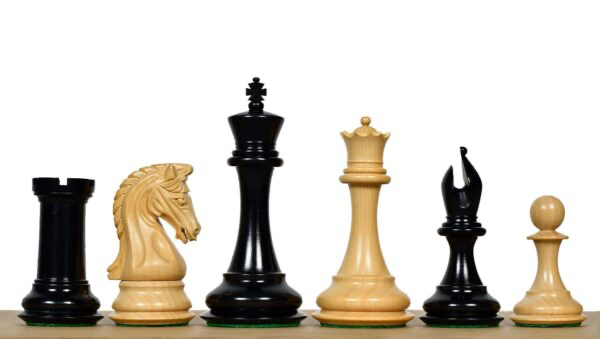
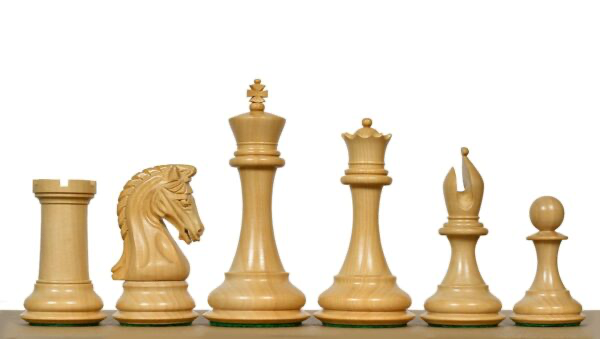
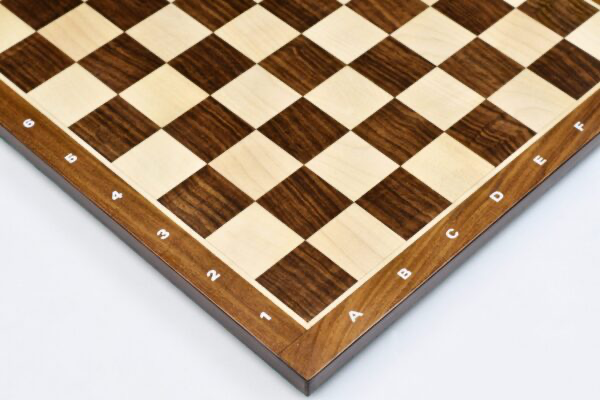
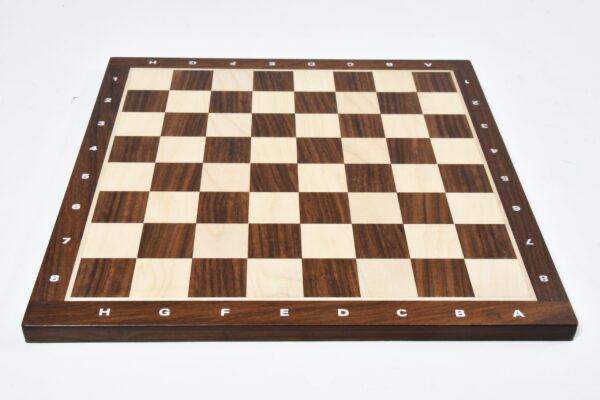
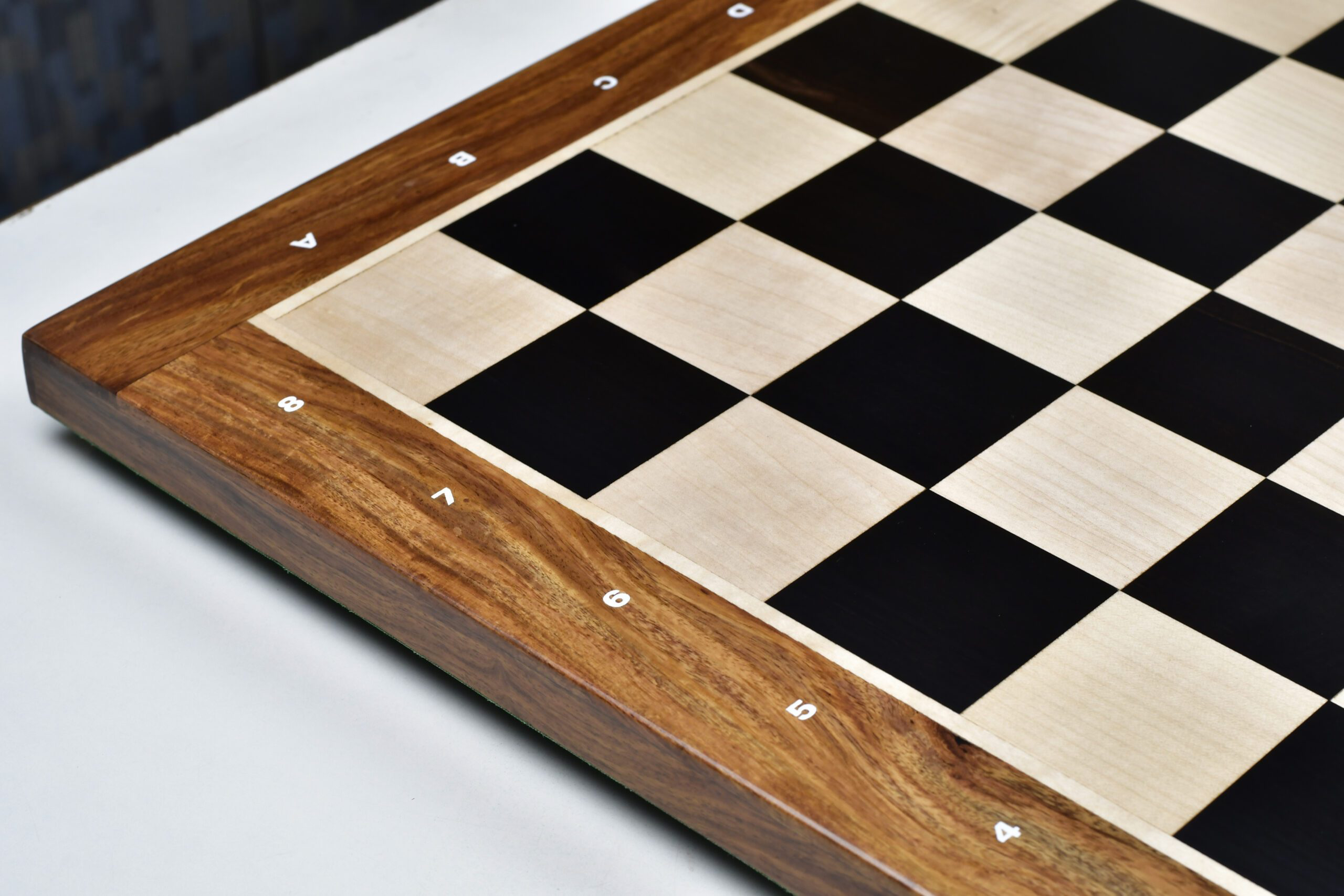
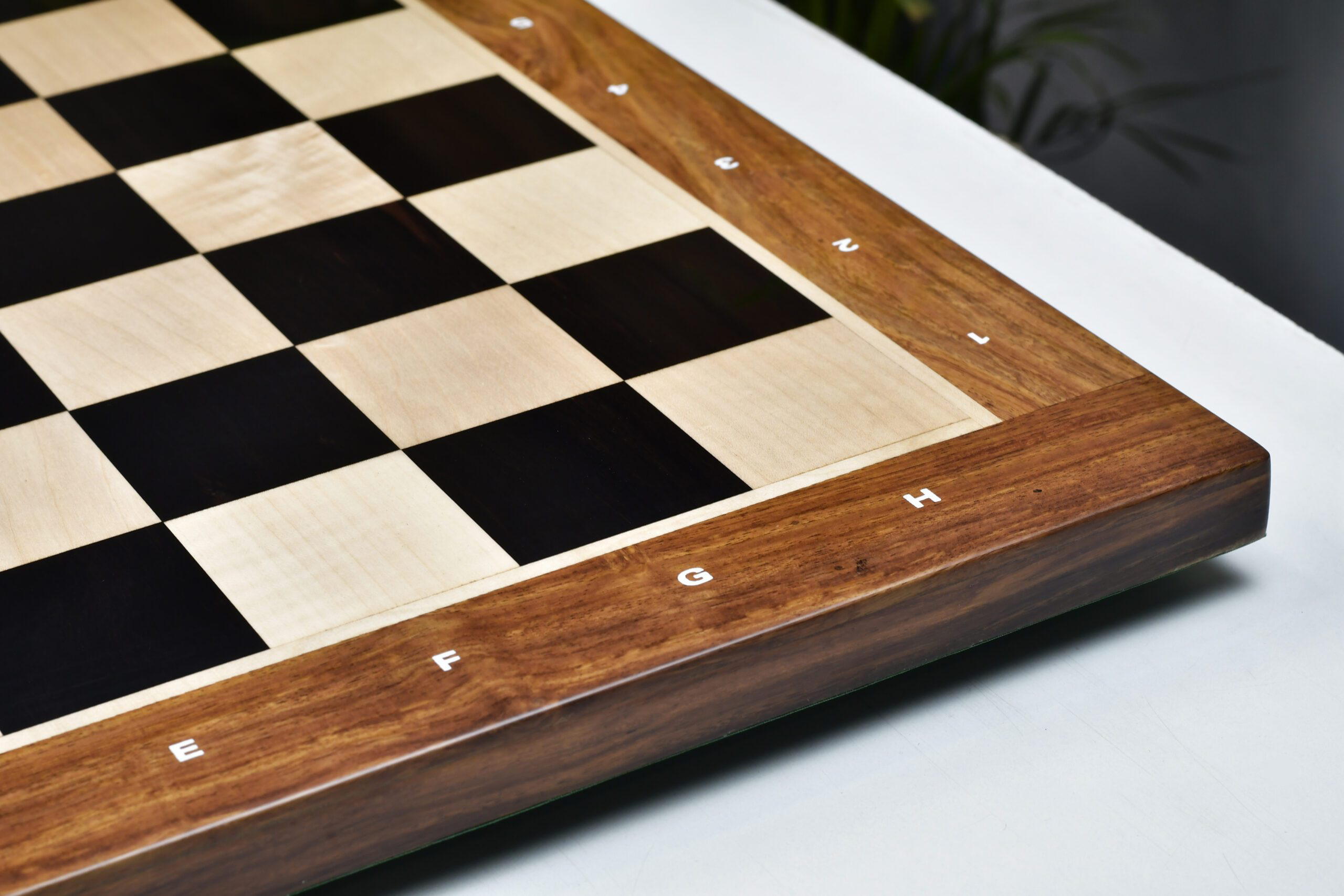


Leave a comment
All comments are moderated before being published.
This site is protected by hCaptcha and the hCaptcha Privacy Policy and Terms of Service apply.